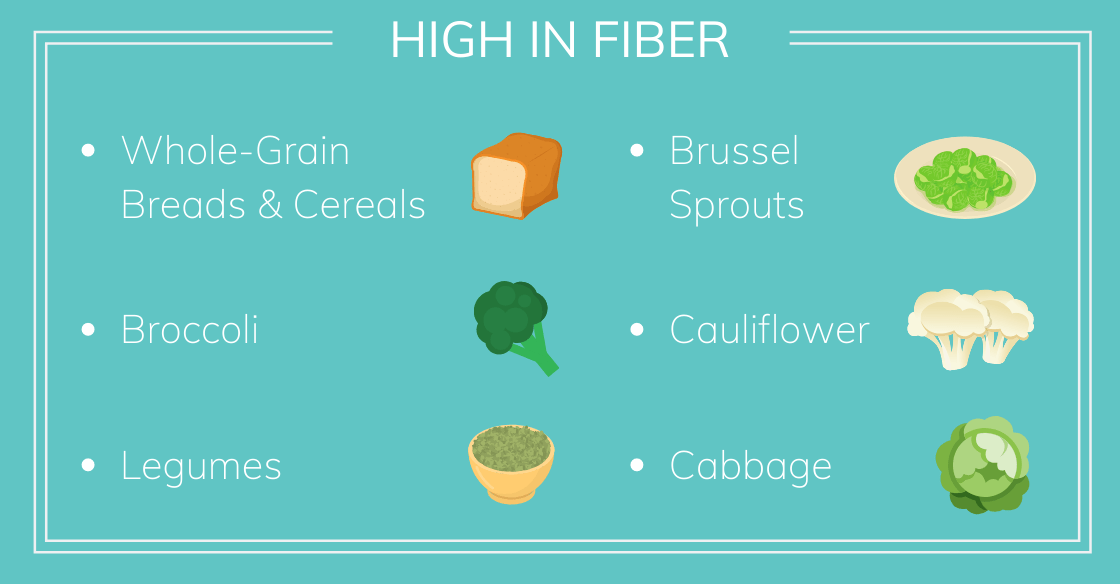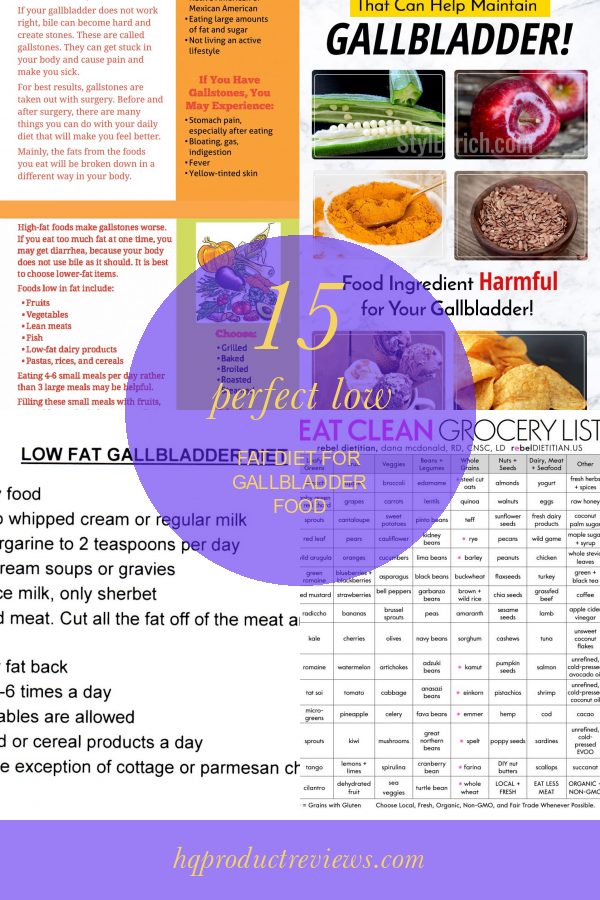Low Fat High Fiber Diet Gallbladder

The Benefits of Low-Fat, High-Fiber Diet for Gallbladder Health
How a Low-Fat Diet Can Help
For those with gallbladder issues, eating a low-fat diet can be a beneficial way to maintain good health. This type of diet consists of foods that are low in saturated fat and trans fat, as well as foods that contain healthy fats and proteins. A low fat diet can help to reduce inflammation, as well as reduce the amount of fat that is stored in the gallbladder. This can help to reduce pain and discomfort, as well as reduce the risk of gallbladder attacks. Additionally, avoiding high-fat meals can help to reduce the risk of gallstone formation.
The Benefits of High-Fiber Foods
In addition to a low-fat diet, eating foods high in fiber can also be beneficial for those with gallbladder issues. Foods that are high in fiber, such as fruits, vegetables, and whole grains, can help to reduce inflammation in the body, as well as reduce the risk of gallbladder attacks. Fiber can also help to reduce cholesterol levels in the body, which can help to reduce the risk of gallstone formation. Additionally, fiber can help to reduce the risk of other health issues, such as type 2 diabetes and heart disease.
How to Incorporate Low-Fat, High-Fiber Foods Into Your Diet
Incorporating low-fat, high-fiber foods into your diet is not as difficult as it may seem. Start by making sure to eat plenty of fresh fruits and vegetables every day. Aim for at least five servings of fruits and vegetables per day. Additionally, opt for whole grain breads and pastas when possible, as these are excellent sources of fiber. You can also incorporate high-fiber foods into snack options, such as whole grain crackers, nuts, and seeds. Additionally, opt for lean proteins, such as fish and poultry, instead of red meat.
What to Avoid When Eating a Low-Fat, High-Fiber Diet
When eating a low-fat, high-fiber diet, it is important to avoid foods that contain high amounts of saturated fat and trans fat. This includes fried foods, processed foods, and foods that contain hydrogenated oils. Additionally, it is important to avoid added sugars and refined carbohydrates, as these can lead to weight gain, which can increase the risk of gallbladder issues. It is also important to avoid alcohol, as this can lead to an increased risk of gallbladder attacks. Finally, it is important to avoid eating large meals, as this can increase the risk of gallbladder pain.
Conclusion
Eating a low-fat, high-fiber diet can be a beneficial way to improve gallbladder health. This type of diet can help to reduce inflammation, as well as reduce the risk of gallbladder attacks and gallstone formation. Additionally, it can help to reduce cholesterol levels and improve overall health. To incorporate a low-fat, high-fiber diet into your daily routine, make sure to focus on eating fresh fruits and vegetables, whole grain breads and pastas, lean proteins, and high-fiber snacks. Additionally, it is important to avoid foods that contain high amounts of saturated fat and trans fat, as well as added sugars and refined carbohydrates. By following these tips, you can ensure that your gallbladder health remains in top condition.
Pin on Gallbladder/No Gallbladder Health

Gallbladder Diet Recipes - designswhile
The Best Post-Gallbladder Surgery Diet

Pin on Oops- Ive fallen again..

15 Beautiful Low Fat Diet for Gallbladder Recipes - Best Product Reviews

Gallbladder Diet Recipes Before Surgery
/2507165-article-diet-and-chronic-pancreatitis-5a5e6e3996f7d00037173956.png)
Pin on Vitamins

Pin on Cooking & Recipes

Low Fat Recipes For Gallbladder Problems - foodrecipestory

15 Perfect Low Fat Diet for Gallbladder Food - Best Product Reviews
